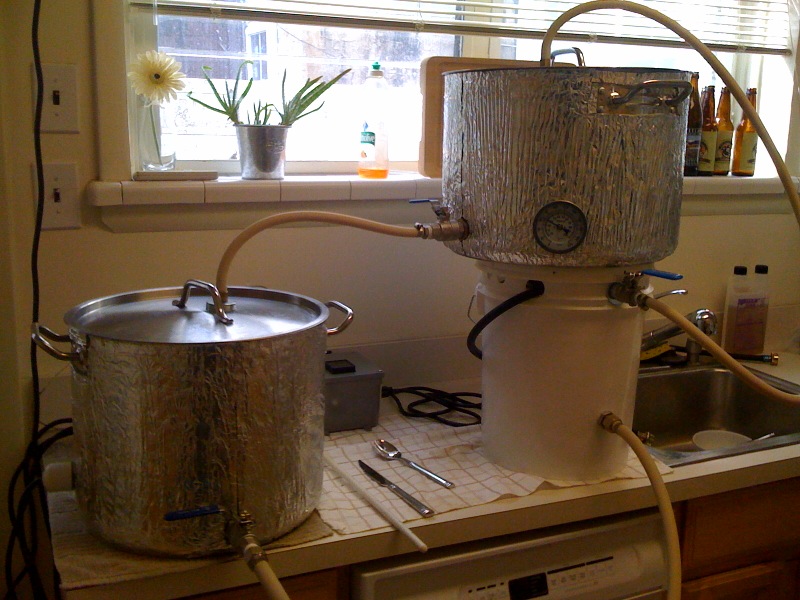jkarp
Well-Known Member
Out of curiosity, how do you handle filtering hops coming out of the kettle after boil?
Do you do this after the CFC, before fermenter? have you modified the pickup in the kettle to handle a hob sock or filter of some sort?
I use a hop bag for hops during the boil, but I do let whirlpool hops run "free". As I always use pellet hops, the pump has no issues circulating them.


 IrregularPulse, How do you have 21,000 posts? That's just crazy!
IrregularPulse, How do you have 21,000 posts? That's just crazy! Hoping to get the MLT and BK mostly done tonight. I'll have to likely order a 2000W element and nut
Hoping to get the MLT and BK mostly done tonight. I'll have to likely order a 2000W element and nut



